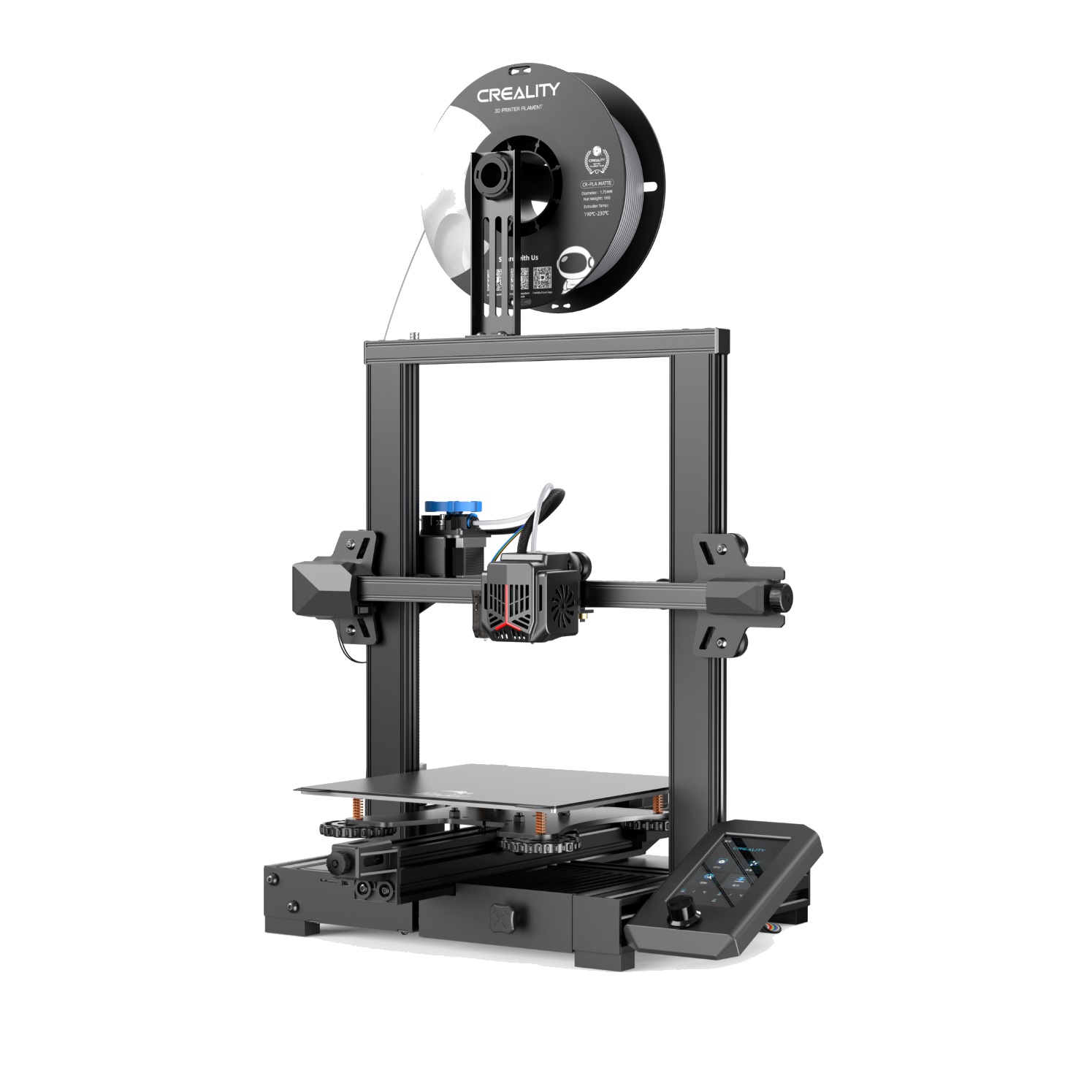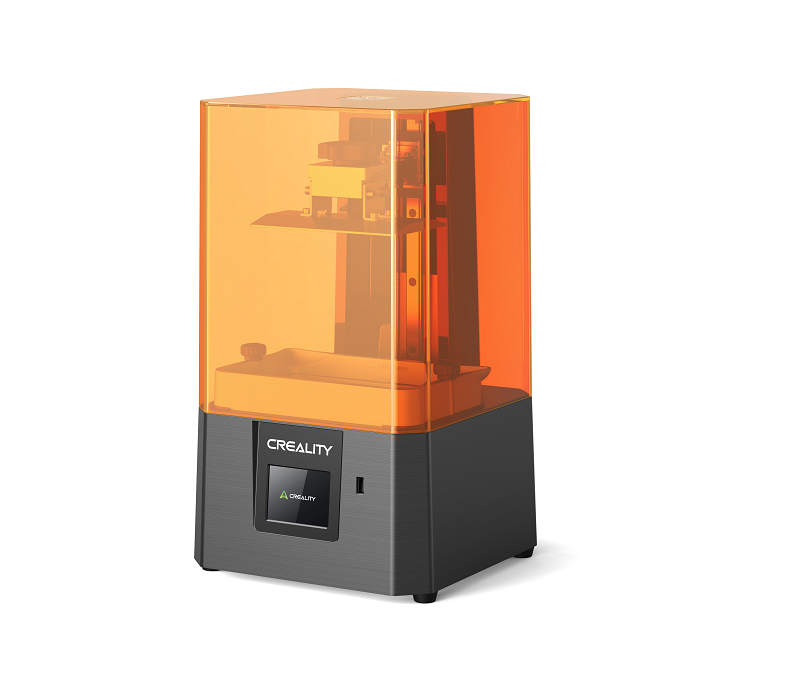Compare Ender 3 V2 Neo vs Halot R6
Comparison between the best 3D printers
Choose the best 3D printer at the best price. The cheapest 3D printers are here.
Buy a 3D printer here with 3D Fila.
 |
 |
|
| Model | Ender 3 V2 Neo[BUY Ender 3 V2 Neo] |
Halot R6[BUY Halot R6] |
| Printing Material | Filament | Resin |
| Buy Filament for Creality 3D Ender 3 V2 Neo | Buy Resin forCreality Halot R6 | |
| Estimated price | $310,00 | $129,00 |
| Manufacturer | Creality 3D | Creality |
| Release Year | 2022 | 2024 |
| Print Volume [mm] | 220x220x250 | 130x82x160 |
| Printer Size [mm] | 438x424x472 | 235x230x395 |
| Weight [kg] | 9,8 | 5,8 |
| Power Loss Recovery | YES | NO |
| Maximum Resolution [mm] | 0,1 | 0,01 |
| Processor | 4.2.2 mainboard | |
| Display | Display touchscreen 4,3'' | Touchscreen 2,8'' |
| Power Supply | 42W | |
| Connectivity | SD / USB | USB drive, WiFi |
| Operating systems | Windows, Mac, Linux | Windows, Mac |
| Date of registration in the system | 2022-12-09 | 2024-12-05 |
| Release date | 2022 | 2024 |
| Extra features | The Ender 3 V2 Neo printer stands out for its automatic bed leveling with the CR Touch system, ensuring high-quality initial layers. It features an all-metal Bowden extruder for increased durability and improved filament handling. Its flexible, PC-coated magnetic build plate makes it easy to remove prints and is durable and easy to clean. It also includes a new user interface with model preview and an updated gantry design. The Ender 3 V2 Neo maintains the same build volume and temperatures as the previous version, supporting popular filaments such as PLA and ABS. It features a quiet 32-bit mainboard and additional features such as a filament sensor, print recovery, simple 3-step assembly, an integrated toolbox, and belt tensioners. | The Creality Halot R6 offers high precision with a layer height of 0.01-0.2 mm, a printing speed of 60 mm/h, and an integral light source with over 90% uniformity. Compact and lightweight, it features a 6.08" monochrome LCD for faster curing and extended durability. Includes Wi-Fi connectivity via Creality Cloud, an intuitive touchscreen interface, and supports remote monitoring and timelapse recording with a USB camera. Ideal for beginners, its robust and user-friendly. |
| Support for multiple colors and materials (AMS and CFS) | NO | NO |
Notes * |
||
| Cost-benefit | 7 / 10 | 9 / 10 |
| Hardware | 2.8 / 10 | 9 / 10 |
| Tela | . | . |
| Print volume | 3 / 10 | 3 / 10 |
| Performance | 0 / 10 | 9 / 10 |
| [BUY Ender 3 V2 Neo] | [BUY Halot R6] |
Conclusion |
| In comparing the Ender 3 V2 Neo and the Halot R6, both 3D printers cater to distinct user needs and preferences, reflecting different strengths and capabilities for their respective price points. The Ender 3 V2 Neo, while more expensive, offers a larger print volume, making it suitable for users who require flexibility and the ability to create larger models. Its features, such as automatic bed leveling, a durable all-metal Bowden extruder, and a magnetic build plate, enhance user experience and print quality. However, it receives moderate ratings for cost-benefit and hardware performance compared to the Halot R6. On the other hand, the Halot R6 shines with its impressive resolution and high precision due to its monochrome LCD, making it a strong contender for detailed prints. It’s also lighter and more compact, making it space-efficient. Additionally, features like Wi-Fi connectivity and remote monitoring are attractive to beginners and tech-savvy users alike. Its significantly lower price point and favorable ratings in cost-benefit and hardware performance highlight it as an excellent choice for those new to 3D printing or who prioritize budget efficiency. Ultimately, users should base their selection on their specific needs, whether that’s larger print capabilities and enhanced user features with the Ender 3 V2 Neo, or high precision, affordability, and ease of use with the Halot R6. Each printer has its own merits, making the choice dependent on individual printing requirements and budget considerations. |

